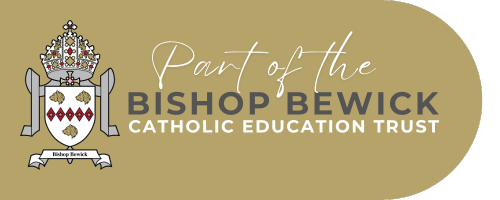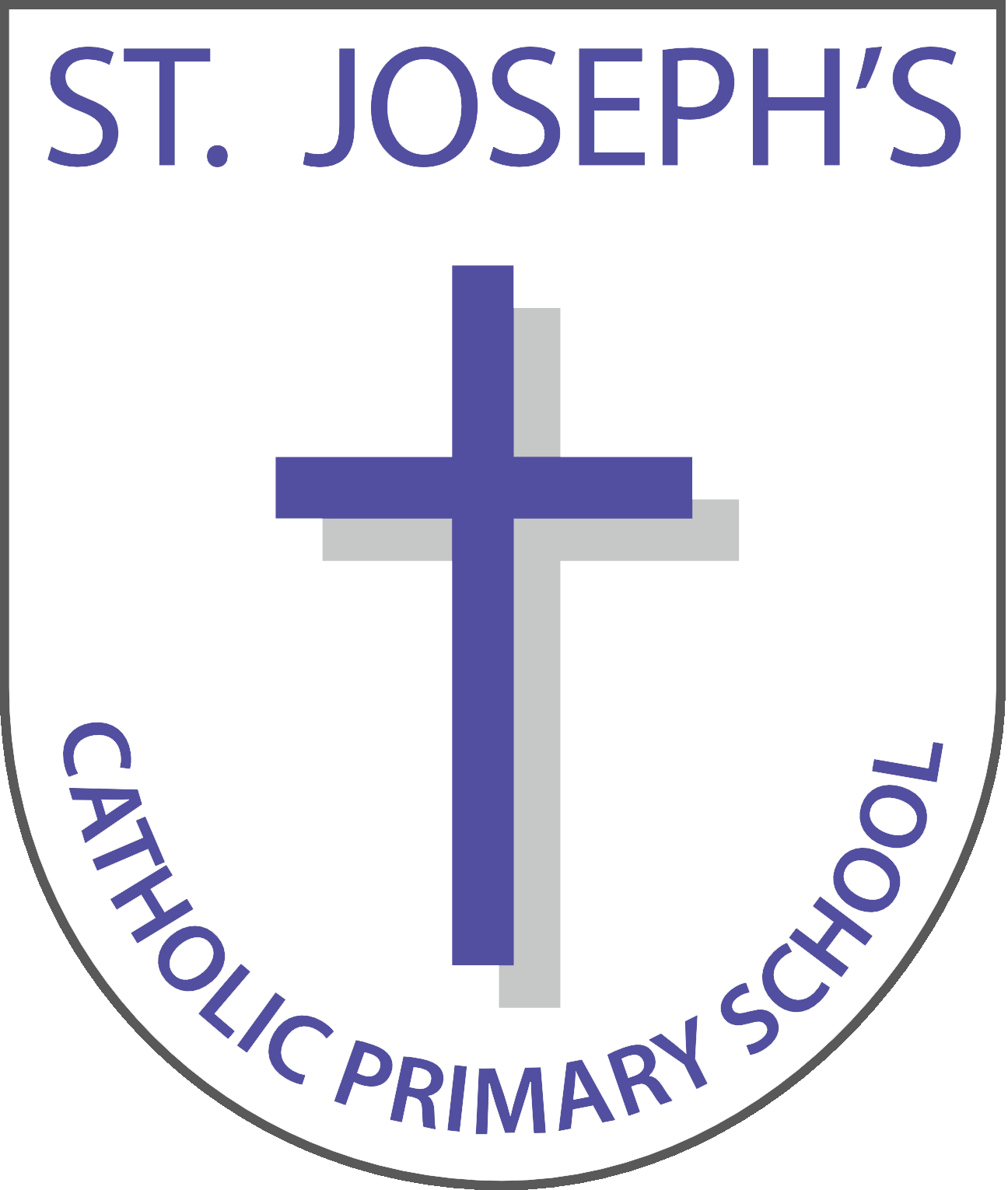
COMPUTING
INTENT:
At St. Joseph’s our computing curriculum has been designed so that it enables children to participate safely in an ever-changing world.
Vision statement
At St. Joseph’s we recognise that technology can allow pupils to share their learning in creative ways and using various platforms. Our knowledge-rich curriculum has to be balanced with the opportunity for pupils to apply their knowledge with skill creativity and accessibility in the three areas: Information Technology, Digital Literacy and Computer Science. This focuses on developing pupils' digital literacy, computational thinking, and problem-solving skills, while also ensuring they are responsible and safe users of technology.
Intent
Computing is taught as a subject in its own right and also supports pupil’s learning in other subjects. Cross-curricular activities offer many opportunities for pupils to learn and apply skills taught in computing. Following the curriculum equips the pupils with the knowledge and skills necessary to understand and apply the principles of computer science, including abstraction, logic, algorithms, and data representation. This is achieved through a progressive and engaging curriculum that builds upon prior knowledge and provides opportunities for practical experience in programming and using various technologies.
Within computing lessons pupils learn to use a wide range of computing skills including:
Computer Science:
Programming: Students learn to design, write, and debug programs using various lan-guages and tools. This includes understanding concepts like algo-rithms, data structures, and control flow.
Computational Thinking: Developing problem-solving skills through decomposition, pattern recognition, abstraction, and algorithms.
Computer Systems: Understanding how computers work, including hardware and software components, and how they interact.
Data Representation: Learning how data is stored and manipulated within computer sys-tems.
Information Technology:
Using Digital Systems: Students learn to effectively use various digital tools and technologies for communication, creation, and information management.
Creating Media: This includes digital art, audio production, video editing, and webpage creation.
Data and Information: Students learn to collect, organize, and analyze data using spread-sheets and databases.
Networks and the Internet: Understanding how networks operate, including the internet and online safety.
Digital Literacy:
Online Safety: Learning about safe and responsible online behaviour, including recog-nizing and avoiding cyber threats.
Digital Citizenship: Understanding the impact of technology on society and developing ethical digital practices.
Our beliefs
We believe that the development of skills within Computing does not only stand in its own right but teaches the pupils vital skills that can be easily transferred into other areas of the curriculum. Computing can be hands on; it can promote resilience, develop problem solving skills and open pupil's eyes to the digital world and online safety.
IMPLEMENTATION:
Year 1 to 6 follow medium term plans from the Teach Computing Curriculum. This is structured into units for each year group, and each unit is broken down into lesson. The curriculum is designed to be a spiral curriculum, revisiting key concepts with increasing complexity over each year group and all ensures all National Curriculum requirements are covered.
Online safety is paramount and is embedded within our curriculum. We have an Online-Safety Policy that provides guidance for teachers and pupils about how to use the internet safely. Each year group participates in lessons on online-safety taking from Project Evolve and be Internet Legends. Pupils understand how to stay safe when using technology and regular online safety assemblies are held to address current issues.
IMPACT:
The impact of St Joseph’s Computer Curriculum is to equip pupils with the skills to use computational thinking with creativity. The core of computing is Computer Science. Pupils are taught the principles of information and computation, how digital systems work and how to put this knowledge to use through programming. Building on this knowledge and understanding, pupils are equipped to use Information Technology to create programs, systems and a range of content.
We aim for all pupils to have Digital Literacy skills in order to give them the means to be able to use and express themselves and to develop their ideas through information and communication technology, with a focus on online-safety.


